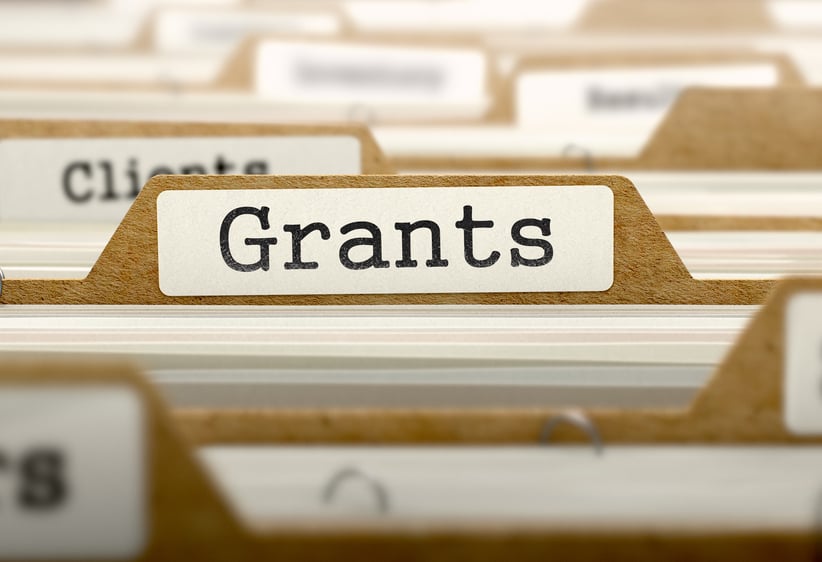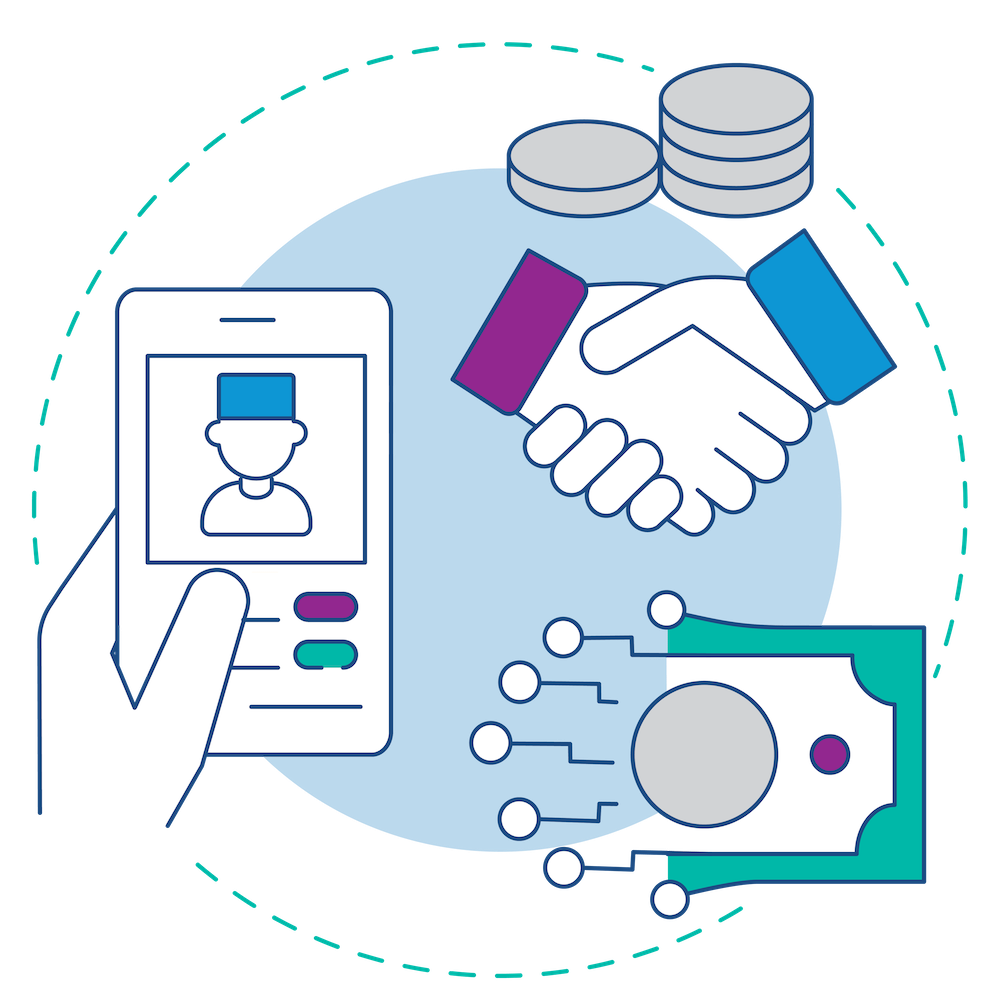
To bill 99453 and 99454, you must have 16-days of Bluetooth reportable measures.
CMS remote patient monitoring and telehealth reimbursement can be difficult subjects to navigate. Luckily, our reimbursement team has put together the following reimbursement resources to simplify things!
As remote patient monitoring becomes more prevalent, healthcare providers have an opportunity to drive their bottom line while continuing to provide quality care for their patients. Learn how to get reimbursed accurately for your RPM program using the following reimbursement models.




In recent years, CMS has expanded Medicare coverage for RPM. Patients can now receive telehealth services from their homes at zero cost instead of having to drive to a CMS-qualified telehealth service center.
Benefits
Challenges
Partner with a managed care organization (MCO) or accountable care organization (ACO) to pursue reimbursement opportunities for telehealth and remote patient monitoring services. MCOs and ACOs are focused on reducing care costs and utilization of health care services while retaining or enhancing the quality of care. These organizations can adjust CMS guidelines to meet their organizational structure and programs for various lines of business.
Benefits
Challenges
Through a private pay program, patients or their families pay the organization to keep their telehealth equipment to maintain a level of oversight in their care.
Benefits
Challenges
Grants and public funding can help launch or expand telehealth and remote patient monitoring programs. Over 100 HRS partners launched their telehealth and remote patient monitoring programs with funds received from grants.
Benefits
Challenges
HRS' billing interface and reimbursement reporting, enable providers to more easily track and bill eligible telehealth and RPM Services provided.
Included in HRS' Enhanced Billing Report:


Unlock the opportunities of RPM, RTM, CCM, APCM, and BHI in 2025 with our detailed reimbursement guide for healthcare providers, featuring CPT codes. Find out how HRS can assist you in overseeing comprehensive longitudinal care for your patients, ensuring you enhance their results while optimizing your ROI simultaneously.

Learn everything you need to know about the Centers for Medicare & Medicaid Services (CMS) physician fee schedule.
Healthcare organizations are embracing remote patient monitoring as a tool to improve patient outcomes and satisfaction. Not only can the quality of patient care be improved but by properly using CMS-approved CPT codes, clinicians can boost their ROI.
HRS boasts a team of reimbursement specialists dedicated to helping our partners receive reimbursement for RPM services. Through CMS, physician group and ACO partnerships, and private pay programs, HRS is helping our partners create a new revenue stream and enhance patient care with telehealth and RPM.
Total Estimated Revenue
$To bill 99453 and 99454, you must have 16-days of Bluetooth reportable measures.
This is dependent if the agency is a Medicare Part-B provider and bills for Part-B services. There potentially could be reimbursement opportunities if the HHA has a Palliative Care program. Commercial payer opportunities do exist for HHA.
99091 is a collection and interpretation of physiologic data stored and/or transmitted by the patient and/or caregiver to the Physician, NP, or PA, requiring a minimum of 30 minutes of time spent engaging in the CarePlan, every 30-days. This code cannot be billed concurrently with 99457 or 99458.
No, based on CMS final rules, 99453 is for the initial set-up and patient education. 99453, episode of care.
It does. CMS 2021 rule states: that time spent can be used to analyze, interpret, and interact with communication.
Incident to billing was used prior to COVID-19 PHE. I expect the leniency around general supervision to return to its pre-covid rules.


